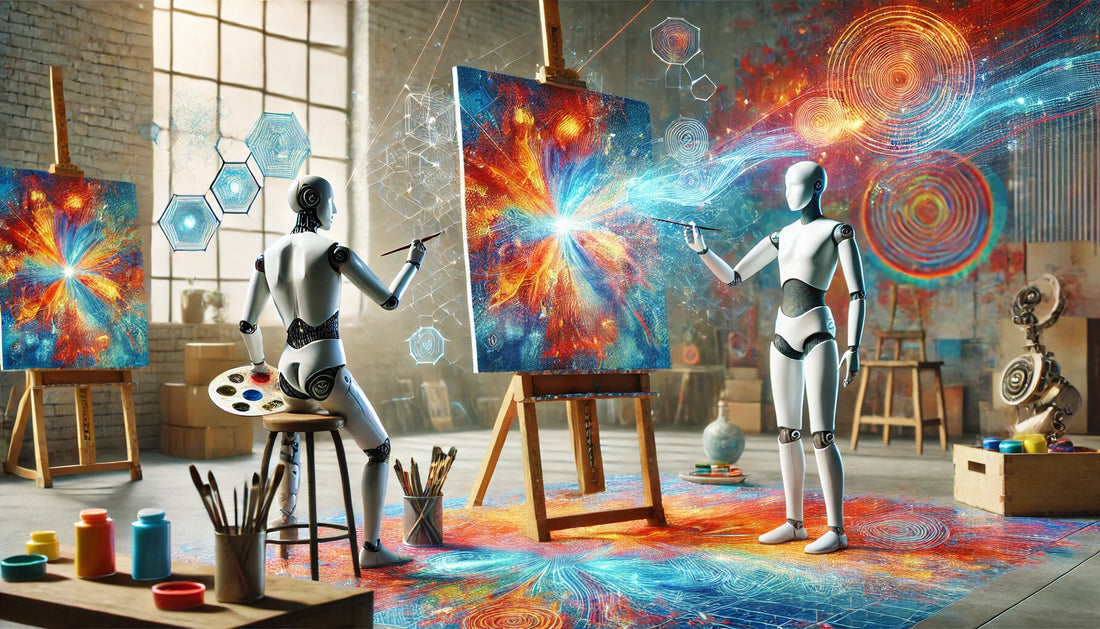
Is AI the Ultimate Creative Partner? Why Artists Are Raving About It
Share
In recent years, the creative landscape has been revolutionized by an unexpected partner: artificial intelligence (AI). What started as a tool for automation and data analysis has evolved into a powerful creative ally, enabling artists to push boundaries, break conventions, and transform their artistic visions into reality. But is AI truly the ultimate creative partner? Let’s explore why artists across mediums are raving about its potential.
1. Amplifying Creativity, Not Replacing It
AI doesn’t replace human creativity—it enhances it. Artists are using AI tools to generate ideas, refine concepts, and experiment with new styles. From generative art platforms to AI-powered music composition tools, creators now have access to limitless inspiration and novel approaches to their work. For many, AI acts as a collaborator, sparking ideas they might not have considered.
For example, visual artists can input a basic sketch into an AI tool and see it evolve into a fully fleshed-out masterpiece. Musicians can use AI to compose harmonies or rhythms that complement their existing pieces, providing a fresh perspective on their sound.
2. Bridging the Gap Between Vision and Execution
For many creators, the challenge lies in translating their vision into a tangible product. AI-powered tools like DALL·E or MidJourney allow artists to input text-based descriptions and generate stunning visuals, making it easier than ever to bring abstract concepts to life. Writers, too, are finding their creative flow amplified by AI tools like ChatGPT, which can help overcome writer’s block by suggesting prompts, phrases, or even entire story arcs.
3. Expanding Access to Creativity
AI democratizes access to the arts by reducing technical barriers. You don’t need to be a professional to create something breathtaking—AI tools are intuitive and user-friendly, empowering more people to express themselves. Whether it’s an aspiring filmmaker using AI to storyboard scenes or a hobbyist painter exploring new textures and palettes, the possibilities are endless.
4. Inspiring Collaboration Across Mediums
Artists from different disciplines are increasingly collaborating with AI to create hybrid works that blend music, visuals, and performance. This fusion often leads to groundbreaking projects, such as AI-generated installations that react to sound or motion in real-time. AI isn’t just a tool; it’s becoming an integral part of the creative process.
5. Challenges and Ethical Considerations
Of course, working with AI isn’t without its challenges. Questions around originality, authorship, and ethics continue to shape the discourse. While AI can produce incredible works, the creative intent still lies with the human artist. Balancing these concerns is vital for ensuring that AI remains a force for good in the creative community.
A Creative Partnership for the Ages
AI has undeniably become a catalyst for innovation in the arts. By amplifying human creativity, simplifying complex processes, and fostering collaboration across disciplines, it’s clear why artists are embracing AI as a creative partner. While the tools continue to evolve, one thing remains constant: the unique spark of human imagination will always be at the heart of every masterpiece.


